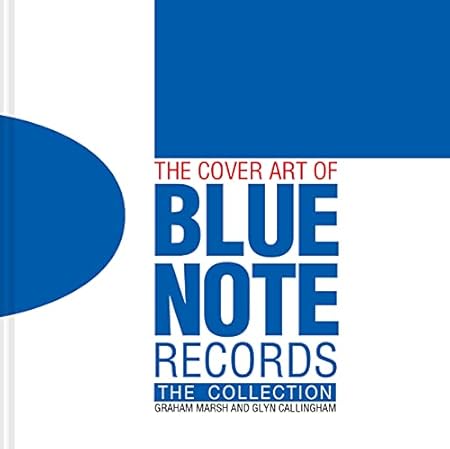Harry Freedman "Leonard Cohen: The Mystical Roots of Genius" (Bloomsbury Continuum)

Although I have loved his music for many years, I didn't know a lot of the details of his life, so I learned a great deal here. Yet that is not what I will take away from this first reading, and this book will, I believe, reward many more readings. Cohen's songs move me, as they move a great number of people. There has never been any question about his religious and spiritual elements in the songs but for me that has always been a hazy kind of acknowledgement. In other words, I caught some of the more explicit references and could feel in my heart (soul?) some of the implicit ones, but I had no idea what specific stories and legends each song used and/or referred to. Now I have some idea of how he used those stories and beliefs to speak to his audience, even if we didn't know what foundational texts were involved.
Now that I better understand Cohen's life, and from a previous biography I read, I now mainly understand it from the inside out rather than the outside in. I would recommend this to fans of his but I would also recommend it to those who might like to learn how another person used his religious and spiritual knowledge to grapple with the world around him and then apply that insight to your own life and beliefs.

Although I have loved his music for many years, I didn't know a lot of the details of his life, so I learned a great deal here. Yet that is not what I will take away from this first reading, and this book will, I believe, reward many more readings. Cohen's songs move me, as they move a great number of people. There has never been any question about his religious and spiritual elements in the songs but for me that has always been a hazy kind of acknowledgement. In other words, I caught some of the more explicit references and could feel in my heart (soul?) some of the implicit ones, but I had no idea what specific stories and legends each song used and/or referred to. Now I have some idea of how he used those stories and beliefs to speak to his audience, even if we didn't know what foundational texts were involved.
Now that I better understand Cohen's life, and from a previous biography I read, I now mainly understand it from the inside out rather than the outside in. I would recommend this to fans of his but I would also recommend it to those who might like to learn how another person used his religious and spiritual knowledge to grapple with the world around him and then apply that insight to your own life and beliefs.
